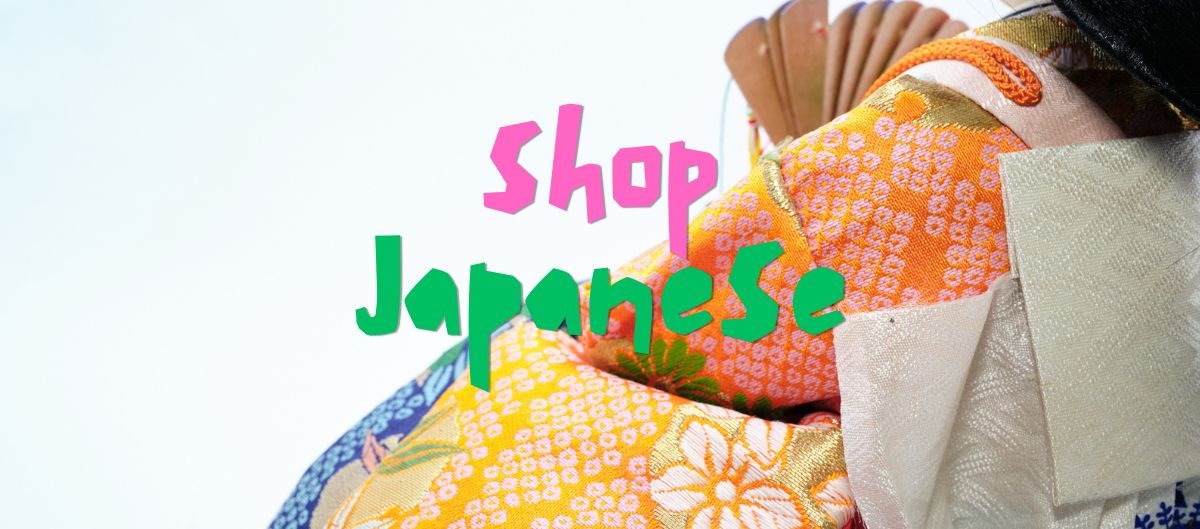Japan’s Ultimate Shopping Experience at Tsukiji and Nishiki Markets

An afternoon at Tokyo’s Tsujiki Outer Market introduced me to the art of Japanese shopping. This is Japan’s “Food Town,” featuring every imaginable traditional Japanese food.

It’s raucous and noisy but in a very polite, Japanese way.




One main and three side streets feature stalls of the finest, just off the hook sushi-grade fillets in rainbow display. Or blast-cooked, in season oysters. Luscious!

Grills smoke, griddles spit and the whole experience is a feast for the senses. Samples are cheerfully offered.


There is no bargaining, no one’s pushing their merchandise but obliging shopkeepers are happy to help. Bring your yen as this is cash only.


Originally Tsukiji Market catered primarily to restaurants and the wholesale trade but no longer… and the quality is the same. There are many specialty stores for tuna that sell not only “oo-toro” (fatty-tuna), “chu-toro” (from the belly area of the tuna) and “akami” (leaner meat from the sides of the tuna), but also rare parts of the tuna, such as “medama” (the eyeballs of the tuna), which are cooked before eating.
They lost me with the eyeballs…
But not just fish!

Beef, pork, chicken, and fresh eggs! Famously tender, juicy, marbled Japanese Wagyu beef is showcased along with high-end, gourmet restaurant delicacies like salt pickled sea urchin roe (uni), salt pickled mullet roe (karasumi) and pickled sea cucumber innards (konowata).



Moving on to Kyoto’s legendary Nishiki Market, today very different from its origins as an open-air fish market some 400 years ago.

Nishiki Market has an astonishing 130 vendors packed into a narrow passageway that is approximately 1200 yards long and 10 feet wide.





Bustling with a variety of vendors, attracting not only visitors but Kyoto locals too. Kyoto delicacies such as mackerel sushi, dashimaki tamago or sweet omelette, pickles made from Kyoto-grown vegetables, and fine green tea from the town of Uji.

You can find some of the best quality cooking utensils in Kyoto at a 450-year-old vendor, as well as locally-made kyo-yaki ceramics with their elegant floral designs.

My favorite was a shop which sold gorgeous vintage obis and kimonos along with brightly colored cotton yukatas.


My personal tips for shopping in both markets; avoid the noon crush of shoppers, both areas are narrow and tightly packed with vendors so mornings are best. Many vendors close after 2pm, especially in Tokyo’s Outer Tsukiji where I arrived just after lunchtime. It was entertaining but really crowded! Sample wisely, American palettes and stomachs might not be used to Japanese spices where pickling and the use of wasabi are generous. The price is the price and local currency is the best and most welcome option. Visit the side streets and small alleyways to enrich your experience!
Related Posts
Captivating Khiva: An Astonishing Life Inside the City Walls
Khiva’s roots stretch back over 2,500 years, but its golden age began in the 16th …
June 7, 2025The Quiet Magic of The Turkmen: Nomads of the Steppe
Nestled in Uzbekistan’s remote northwest, Urgench might not be the first name that jumps out …
June 7, 2025

Leave A Comment